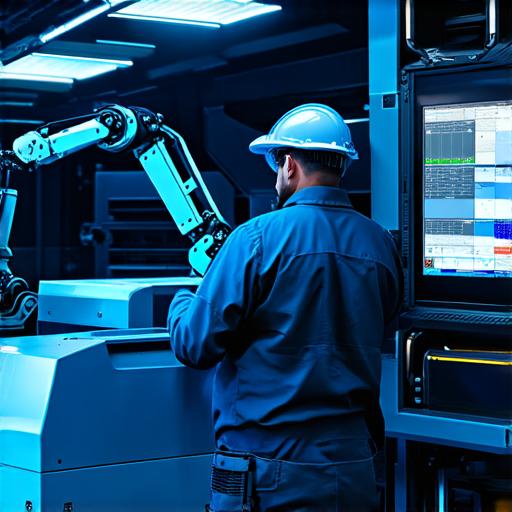How is outsourcing changing the distribution of manufacturing?
The global economy has become increasingly interconnected and diverse, with companies looking beyond their borders to find new opportunities for growth and expansion. One of the most significant trends in recent years has been the rise of outsourcing, which involves outsourcing manufacturing processes and other business functions to third-party suppliers in different countries.
Outsourcing has had a profound impact on the distribution of manufacturing, with companies increasingly looking to take advantage of lower labor costs and greater access to specialized expertise in emerging markets. In this article, we will explore how outsourcing is changing the landscape of manufacturing and what it means for businesses and workers alike.
The Rise of Offshore Manufacturing
In recent years, the trend towards offshore manufacturing has grown significantly, with many companies looking to take advantage of lower labor costs in countries like China, Vietnam, and India. These countries offer a range of benefits, including skilled labor, access to raw materials, and a large pool of talent.
As a result, outsourcing manufacturing processes has become an increasingly popular way for businesses to reduce their costs and improve their efficiency.
The Impact on Local Manufacturing
The rise of offshore manufacturing has had a significant impact on local manufacturing industries, particularly in developed countries like the United States and Europe. Many companies have shifted their manufacturing processes overseas, leading to job losses and economic downturns in some regions.
This has also led to a decline in the number of small and medium-sized enterprises (SMEs) that were previously able to compete with larger manufacturers.
However, not all is lost for local manufacturing industries. Some companies have recognized the importance of maintaining a strong presence in their home markets and have sought to adapt and innovate in response to changing market conditions.
For example, some companies are investing in automation and other advanced technologies to improve efficiency and reduce costs, while others are focusing on high-end niche products that can command premium prices.
The Role of Government Policy
Government policy has also played a role in shaping the distribution of manufacturing. In many countries, governments have implemented policies aimed at attracting foreign investment and promoting exports.
For example, some countries offer tax incentives and other benefits to companies that invest in new manufacturing facilities or create jobs.
However, these policies can be controversial, as they often favor large multinational corporations over smaller domestic businesses. This has led to calls for greater transparency and accountability in government policy-making, as well as a more level playing field for all manufacturers.
The Impact on Workers
The rise of outsourcing and offshore manufacturing has also had a significant impact on workers, particularly those in developed countries. Many jobs have been lost due to automation and the shift towards overseas manufacturing, leading to increased unemployment and social inequality.
However, there are also opportunities for workers to gain new skills and experience through training programs and apprenticeships.
There is also a growing recognition of the importance of skilled labor in driving economic growth and creating sustainable jobs. As a result, many governments and businesses are investing in vocational education and training programs to help workers develop the skills they need to succeed in an increasingly competitive global marketplace.
The Future of Manufacturing
The future of manufacturing is likely to be shaped by a range of factors, including technology, geopolitics, and environmental concerns. As automation and other advanced technologies continue to disrupt traditional manufacturing processes, companies will need to adapt and innovate to stay competitive.
At the same time, geopolitical tensions and environmental concerns are likely to have a significant impact on global supply chains and manufacturing processes. Companies will need to develop more resilient and flexible supply chains that can adapt to changing market conditions and minimize disruptions.

